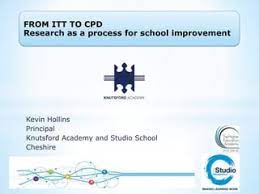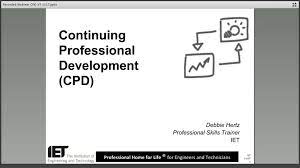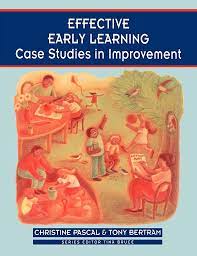Introduction:
Teachers deserve to look professional and stylish, while feeling comfortable in the classroom. Here are 23 teacher clothing stores offering an abundance of stylish and comfortable options, perfect for educators who want to make a statement.
1. Ann Taylor
A leading brand that offers sophisticated teacher-friendly outfits suitable for the classroom and staff meetings alike.
2. Loft
Loft’s selection is perfect for teachers who desire style and comfort, including numerous well-tailored dresses, blouses, and slacks.
3. J.Crew
J.Crew flaunts professional, fashionable attire that keeps educators looking sharp all day long.
4. Banana Republic
Their polished selection includes versatile clothing options, perfect for teachers who crave quality materials and timeless designs.
5. Old Navy
Old Navy is an affordable go-to store that combines comfort with affordability.
6. H&M
H&M presents trendy yet functional clothes with a line dedicated to conscious materials for eco-minded educators.
7. Kohl’s
Sporting a wide variety of teacher-approved clothing options, Kohl’s offers chic styles at affordable prices.
8. Nordstrom
Offering high-quality wardrobe staples with a touch of luxury, Nordstrom is a one-stop shop for elevated ensembles.
9. GAP
Known for its classic designs, GAP provides comfortable clothes in basic colors perfect for mixing and matching.
10. Target
Renowned for its affordable prices on stylish items, Target offers an array of teacher-friendly apparel options.
11. Zara
Zara’s professional collection combines unique pieces with high-quality fabrics, ideal for teachers seeking fashionable outfits.
12. ASOS
ASOS caters to modern teachers who value curated looks reflecting the latest trends.
13. Dress Barn (now called Roz & Ali)
Rebranded as Roz & Ali, this store serves up fashionable plus-size options for teachers who want to look stylish without breaking the bank.
14. Uniqlo
Featuring Japanese minimalist aesthetics, Uniqlo has a plethora of comfortable basics and innovative designs for educators.
15. New York & Company
Perfect for professionals looking for classic designs, New York & Company presents a sophisticated selection of teacher-approved attire.
16. Maurices
Offering contemporary styles at affordable prices, Maurices is a hidden gem for budget-conscious educators.
17. Modcloth
Combining vintage flair with modern trends, Modcloth presents an array of unique outfits that’ll set any teacher apart.
18. Cato
Providing trendy options and inclusive sizing, Cato serves up comfortable yet chic outfits suitable for the classroom.
19. Ashley Stewart
This brand showcases fashionable clothing options designed specifically for plus-sized women, ensuring every teacher feels comfortable and stylish throughout the day.
20. White House Black Market
Their refined monochrome color schemes give teachers an elegant appearance without sacrificing comfort or breaking dress code policies.
21. Everlane
With a mission to empower teachers through sustainable fashion, Everlane offers high-quality essential pieces that can withstand daily wear and tear.
22. Atmos&Here
Synonymous with clean lines and contemporary designs, Atmos&Here features diverse sizing options fitting various body types.
23. Mango Outlet
Rounding off our list is Mango Outlet which stocks off-season items that make professional attire viable for educators on a budget.
Conclusion:
With these 23 teacher clothing stores in mind, finding stylish and comfortable outfits has never been easier for educators seeking to elevate their wardrobe, exuding professionalism confidence from head to toe.











